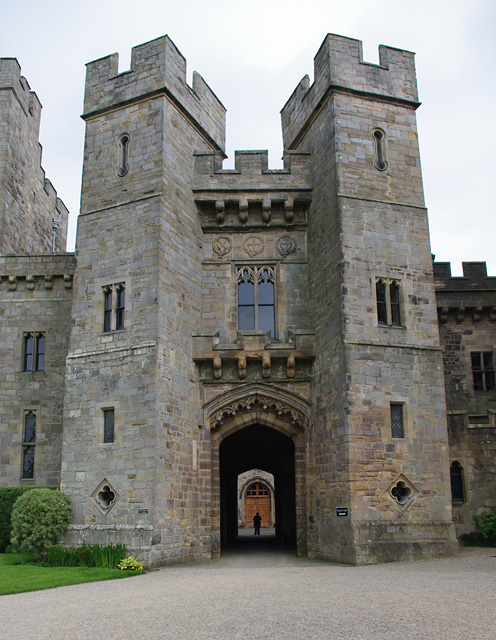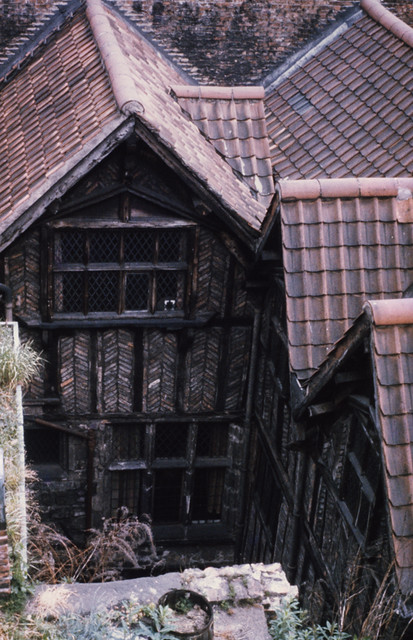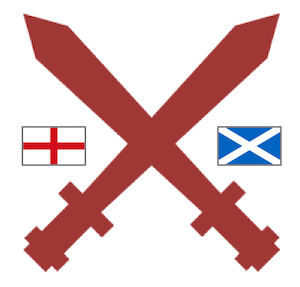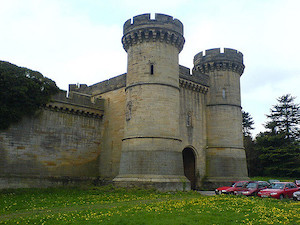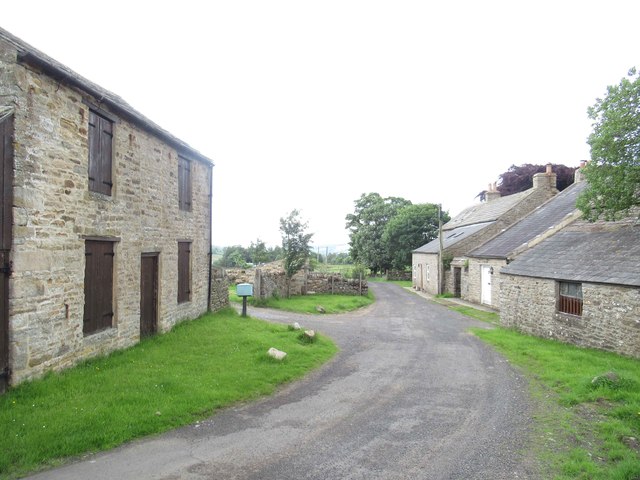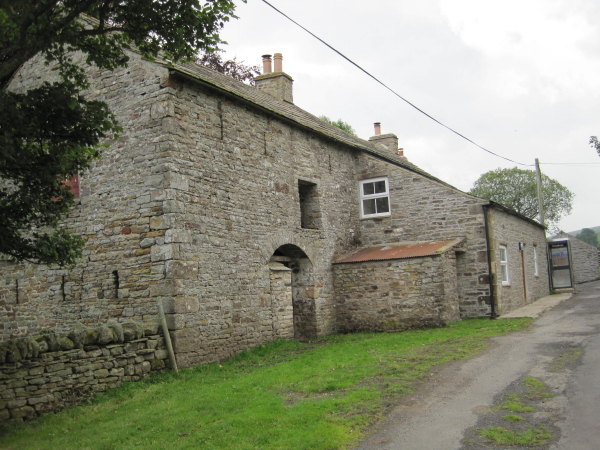Topics > Historical Periods > 16th Century > 1569 > Revolt of the Northern Earls, 1569
Revolt of the Northern Earls, 1569
The Rising of the North of 1569, also called the Revolt of the Northern Earls or Northern Rebellion, was an unsuccessful attempt by Catholic nobles from Northern England to depose Queen Elizabeth I of England and replace her with Mary, Queen of Scots.
Background
When Elizabeth I succeeded her sister Mary as Queen of England in 1558, her accession was disputed due to the disputed legitimacy of the marriage of the Queen's parents - Henry VIII and Anne Boleyn. Opponents of Elizabeth turned to Mary, Queen of Scots, as the descendant of Henry's sister Margaret Tudor. The claims were initially put forward by Mary's father-in-law, King Henry II of France, but Mary upheld them after her return to Scotland in 1561.
Many English Catholics, then a significant portion of the population, supported Mary's claim as a means of relief from religious persecution. This position was especially strong in Northern England, where several powerful nobles were Catholics; there had been similar risings against Henry VIII; the Pilgrimage of Grace of 1536 and Bigod's Rebellion of 1537. Supporters of Mary hoped for aid from France (among Scots) and possibly Spain (among English). Mary's position was strengthened by the birth of her son, James, in 1566 but weakened again when she was deposed in July 1567.
Rebellion under Northumberland and Westmorland
The rebellion was led by Charles Neville, 6th Earl of Westmorland, and Thomas Percy, 7th Earl of Northumberland, who in November 1569 occupied Durham and celebrated Mass in Durham Cathedral. Such public Catholic worship had been prohibited by the Protestant Queen Elizabeth. Westmorland's wife, Jane Howard, played an active part in the rebellion, hoping to arrange a marriage between her brother Thomas Howard, 4th Duke of Norfolk and the prospective Queen Mary.
From Durham, the rebels marched south to Bramham Moor, while Elizabeth struggled to raise forces sufficient to confront them. But, hearing of a large force being raised by the Earl of Sussex, the rebels abandoned plans to besiege York, and captured Barnard Castle instead. They proceeded to Clifford Moor, but found little popular support. Sussex marched out from York on 13 December 1569 with 7,000 men against the rebels' 4,600, and was followed by 12,000 men under Baron Clinton. The rebel earls retreated northward and finally dispersed their forces, fleeing into Scotland.
Leonard Dacre's resistance
A questionable role in the rebellion was played by Leonard Dacre, an early sympathiser of Mary. At the outbreak of the rebellion, he travelled to Elizabeth's court at Windsor to claim the heritage of his young nephew, the 5th Baron Dacre. After the latter's untimely death in 1569, this had descended to his sisters, all married to sons of the Duke of Norfolk. Dacre returned to Northern England, ostensibly a faithful partisan of Elizabeth, but his intentions remain unclear.
After the retreat of the rebels, he seized Greystoke Castle and fortified his own Naworth Castle, where he gathered 3,000 Cumbrian troops and tried to keep up the appearance of good relations with the Queen. He held out against a siege of the royal army under Baron Hunsdon but then attacked the retreating army at Gelt River. Though Hunsdon was outnumbered, he charged Dacre's foot with his cavalry, killing 300–400 and capturing 200–300 men. Dacre escaped via Scotland to Flanders, where he died in exile.
Reprisals
Of the rebellion's leaders, the Earls of Northumberland and Westmorland had fled into Scotland. Northumberland was captured by James Douglas, 4th Earl of Morton, and turned over to Elizabeth in 1572, who had him beheaded at York. After having been hidden at Ferniehirst Castle, Westmorland escaped to Flanders, where he died impoverished. His family lost their ancestral homes and his wife, Jane Howard, also fled to the Continent. She lived the rest of her life under house arrest. Her brother, the Duke of Norfolk, was first imprisoned, then pardoned. He was imprisoned again following the Ridolfi plot in 1570 and finally executed in 1572. Norfolk's treason charges included "comforting and relieving of the English rebels that stirred the Rebellion in the North since they have fled out of the realm." Altogether, 600 supporters of Mary were executed, while many others fled into exile.
In 1570, Pope Pius V had tried to aid the rebellion by excommunicating Elizabeth and declaring her deposed in the papal bull Regnans in Excelsis, but the document did not arrive until the rebellion had been suppressed. The bull gave Elizabeth more reason to view Catholics with suspicion. It inspired conspiracies to assassinate her, starting with the Ridolfi plot. In 1587, Elizabeth brought Mary, Queen of Scots, to trial for treason; she was convicted by the court and executed.
Visit the page: Rising of the North for references and further details. You can contribute to this article on Wikipedia.

from http://www.earlymodernengland…
The Role of Religion in the Politics of the Northern Rebellion of 1569
- detailed article by By Eva Kratochvil on earlymodernengland.com. "On 14 November, 1569, Thomas Percy, seventh Earl of Northumberland, and Charles Neville, sixth earl of Westmoreland, called on all Catholics to …
Added by
Simon Cotterill

from https://huntingrebels.wordpre…
THE NORTHERN REBELLION OF 1569
- "The Northern Rebellion was short-lived: it reached its peak in November 1569 and by January of the new year it was at an end, its leaders fled into Scotland or …
Added by
Simon Cotterill

from http://wwwborderreiverstories…
Border-Reivers-Their-Part-in-the-Northern-Rebellion-of-1569
- "In the autumn of 1569 Thomas Percy, 7th Earl of Northumberland and Charles Neville, 6th Earl of Westmorland, rose in rebellion against the English queen, Elizabeth 1 and her government. …
Added by
Simon Cotterill

Co-Curate Page
Durham Cathedral
- Overview History Map Inside The Cathedral Church of Christ, Blessed Mary the Virgin and St Cuthbert of Durham, usually known as Durham Cathedral and home of the Shrine of St …

Co-Curate Page
Barnard Castle (castle)
- Overview About Barnard Castle Map Street View The medieval castle in the town of Barnard Castle, is cared for by English Heritage. The castle is a Scheduled Ancient Monument, and …


from http://www.earlymodernengland…
The Role of Religion in the Politics of the Northern Rebellion of 1569
- detailed article by By Eva Kratochvil on earlymodernengland.com. "On 14 November, 1569, Thomas Percy, seventh Earl of Northumberland, and Charles Neville, sixth earl of Westmoreland, called on all Catholics to …
Added by
Simon Cotterill

from https://huntingrebels.wordpre…
THE NORTHERN REBELLION OF 1569
- "The Northern Rebellion was short-lived: it reached its peak in November 1569 and by January of the new year it was at an end, its leaders fled into Scotland or …
Added by
Simon Cotterill

from http://wwwborderreiverstories…
Border-Reivers-Their-Part-in-the-Northern-Rebellion-of-1569
- "In the autumn of 1569 Thomas Percy, 7th Earl of Northumberland and Charles Neville, 6th Earl of Westmorland, rose in rebellion against the English queen, Elizabeth 1 and her government. …
Added by
Simon Cotterill

Co-Curate Page
Durham Cathedral
- Overview History Map Inside The Cathedral Church of Christ, Blessed Mary the Virgin and St Cuthbert of Durham, usually known as Durham Cathedral and home of the Shrine of St …

